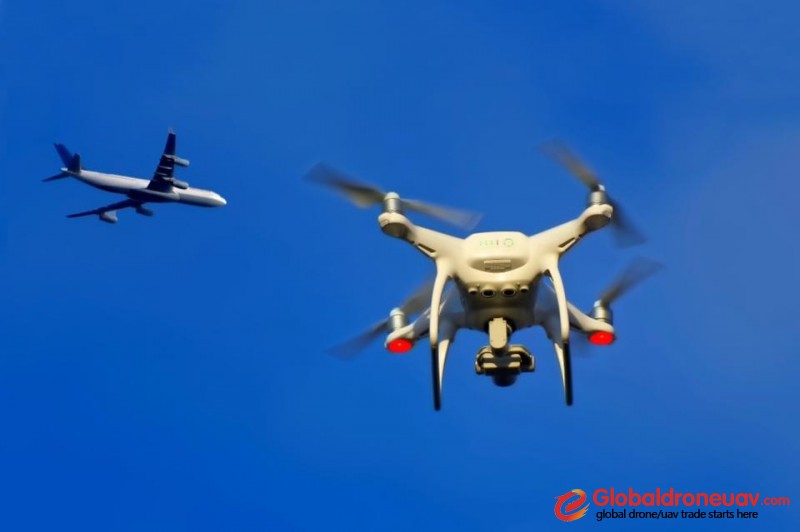FAA Considers Drone Strikes More Dangerous Than Birds To Airliners

FAA Considers Drone Strikes More Dangerous Than Birds To Airliners
Thinking of giving—or getting—a drone for Christmas? Be careful when operating it. In a new study conducted for the FAA, researchers found that drone collisions with aircraft will cause more impact damage than a strike by a bird of equivalent size and speed.
That may seem hard to believe to anyone who’s seen Sully, the story of the amazing water landing of US Air Flight 1549 after both engines were knocked out by ‘ingesting’ geese. But in both computer simulations and physical tests, the FAA researchers found that drone collisions inflicted more structural damage to an aircraft than bird strikes.
The researchers, led by experts at Mississippi State University, simulated the damage to business and commercial jets struck by small unmanned aircraft systems, aka drones. The final report, dubbed the “sUAS Air-to-Air Collision Severity evaluation”, reported that the stiffness of a mechanical drone compared to a bird, combined with its velocity and projectile mass, could create significant impact damage to the simulated aircraft.
The study also looked at the damage a drone could do if it hit vulnerable parts of an aircraft, such as its windshield, horizontal and vertical stabilizers, wing leading edges and engines.
The problem is real for both fixed-wing aircraft and helicopters, each of which has been hit by drones in recent months. In September, an Army Blackhawk was hit at 500 feet. A spokesman said, “One rotor blade was damaged, dented in two spots and requires replacement…there is a dented window.”
And in October, the first confirmed drone vs. commercial aircraft strike was recorded. Fortunately, the twin-engine turboprop landing in Quebec was not seriously damaged, but it may only be a matter of time.
As Professor Javid Bayandor, director of the Crashworthiness for Aerospace Structures and Hybrids Lab at Virginia Tech, told Popular Mechanics last year, "Impacts from drones are not the same as the impact of birds…Birds can disintegrate relatively easily... A drone can be like a rock going through the engine."
Even $1000 consumer drones move fast and can pack a wallop. The Mavic Pro Platinum, for example, (about $1000) weighs 1.62 lbs (734 g) and has a maximum speed of about 40mph (65kph) without wind. Its maximum service ceiling is 16,400 feet, and it can get there in about 16.4 ft/s. It can fly for up to 30 minutes at 15 miles per hour.
The study, by the Alliance for System Safety of Unmanned Aircraft Systems through Research Excellence, (ASSURE), is motivating the FAA to establish new requirements for drones that will hopefully cut down on collision risks.
